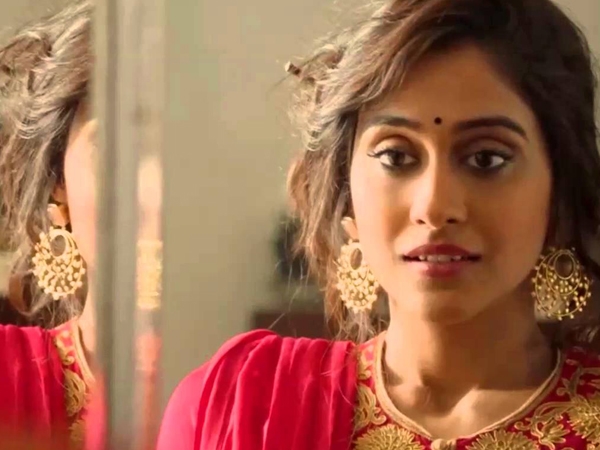When was the last time you did something for the first time? Can’t remember? Well, in my case, it was a visit to the Monetary Museum of Reserve Bank of India. And that too only a couple of days ago.
In this fast-paced life, rarely do we get a chance to explore our country, city or for that matter, even our neighbourhood. And for a Mumbaikar, time is definitely a luxury. We are so caught up in the humdrum of life that we don’t even know about the hidden treasures of this city.
For the last one year, on my way to work, one particular building has been drawing my attention. The Monetary Museum Reserve Bank of India, located at Fort.
If you walk down the Phirozeshah Mehta Road in the Fort area, almost at the end, towards Ballard Estate, you can’t miss Amar building, which houses the RBI Monetary Museum.
As I left the street chaos and entered the museum, I was mesmerised by the sight of coins all around me – coins that have the weight to tell stories of centuries of world economy.
The museum is divided into six sections – coinage, paper money, banking, the conversion from coins to paper money, ideas and concepts and the hall of fame.
The first section explains the concept of money, the evolution from barter system to coins, and the current day money system. The section also displays items, which were used as commodity money including cowry shells, Neolithic stone, axes, silver bar money, knife money and beads.
I was surprised to know that thousands of years ago, money used to be in various forms like the bent bar, the punch-marked coins, bullet money and bracelet money. What’s even more exciting is getting a glimpse of the different shapes of coins – pentagonal, hexagonal, square, triangular, rectangular and of course, circular.
The next section is very impressive and I was totally enthralled by the display coins, which date back to the 6th century BC. I was told that the earliest documented coins of India are silver punch marked coins. Punch mark coins were made by punching symbols with the history or something associated with the period when they were made. India was one of the first countries to issue coins in the world.
Moving ahead, there are coins displayed of the Kuras of Kolhapur (1st century BC), Satavahana, Indo-Greek, Kushana (issued the first gold coins), Gupta (issued lots of gold coins), Early Medieval North (6-8 cent AD).
You can also see coins displayed from the era of various Indian empires – Babar, Humayun, Akbar, Shah Jahan, Aurangzeb, Shah Alam I and II, Marathas (called the gold coins hons), Awadh (had fish motifs), Sikh (had leaf mark), Shivaji and Peshwas (Ankushi rupee from Poona), Wodeyar – Chamundi (had animal motifs of lion and elephant). Northeastern States included Ahom rulers of Assam, Manikyas of Tripura (octagonal shape coins).
This section is a display of our glorious coinage history. In fact, I reminisced the time when my parents would tell me about their childhood days, when they had a mere four annas. Don’t miss the collection, which shows annas and rupees, with a picture of Queen Elizabeth engraved on the coins.
There’s also a special space dedicated to Mysore coins. Mysore, a princely state, was ruled by various dynasties – from the Wodeyar dynasty to the Mughal Empire, each coin has its own tale to tell.
As I walk around, the museum curator, Dr. P.V Radhakirshnan informs me, “The monetary museum has the best collection of the Mysore coins.”
Apart from the marvelous coin collection, you will also find some heritage items, which are not found anymor,e like a gold weighing machine and weight bars, which were used in olden days.
Walk up to the next section, which gives a brief idea about the origin of paper money and banking. Here, I was delighted to see various comic scripts and thought bubbles on the walls, which in a rather creative format, display some interesting facts and explanation.
I was still curious to know the reason behind building this museum. “RBI is the monetary authority of the country, it is also is the custodian of the country’s monetary heritage. It was in this context that the bank set up a museum to document, preserve and present India’s monetary heritage to the public.”
The tour of the museum doesn’t end at the coinage section. It has a special section dedicated to how paper money was born, how money lending became a business and how banks came into existence.
The museum offers you an experience to time travel through 2500 years of Indian coinage and financial instruments of India.
At the end of the tour, I realised that the museum is not just an educational tour, but a reminder of our rich past for children and adults alike, which brings out the great numismatic history associated with India.
The entry fee to the museum is Rs.10 (students – free) and you won’t be allowed to take cameras or bags but you can leave them in a safe deposit box at the office.
Image courtesy: RBI-Monetary Musuem
More On >> Money



